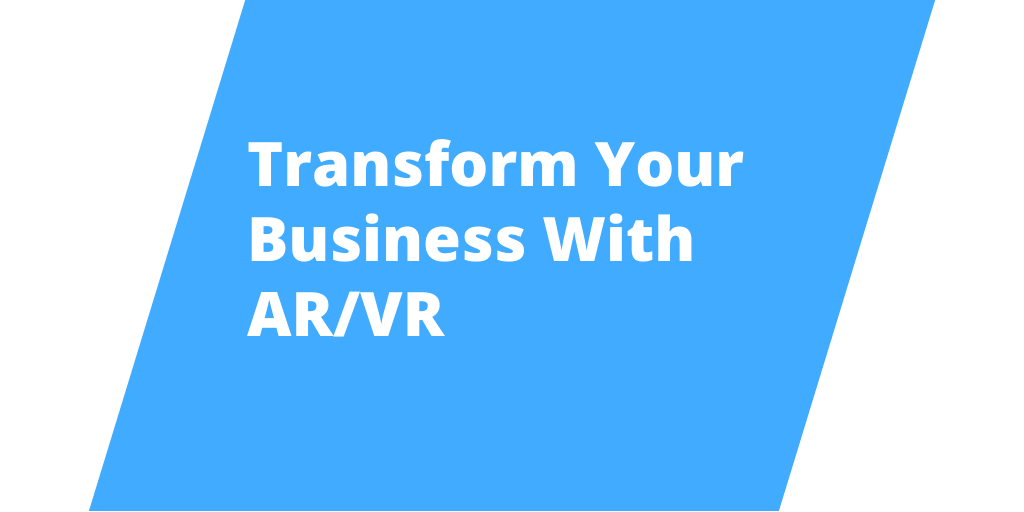Visualize your Scaffolds in 2023
As new developments in technology become available, the decision to incorporate these into your scaffolding business can be a difficult… Read More
FREE Avontus Designer trial! Full access to all the features. Find out more

The construction industry is going through rapid digital transformation. With the help of construction technology, the industry is expected to gain $1.6 trillion in added value.
But some scaffolding businesses are falling behind. Many are still using manual processes, not realizing that these labor-intensive methods are affecting their revenue, and that they could very well benefit from digital solutions.
One construction technology advancement that scaffolding businesses are benefitting from is the introduction augmented reality (AR) and virtual reality (VR) technology. It’s a 3D technology that helps project stakeholders view project drawings in real-life sizes and environments.
In this article, we’ll share four reasons why you absolutely need AR and VR in your scaffolding business.
AR is a technology that allows a real-world view of computer-generated or extracted sensory input such as sound, video, graphics or GPS data elements. These elements are layered on top of the real-world view using a smart device camera technology. In scaffolding, this means being able to see what a scaffold would look like at the actual site, by simply viewing the site through an AR incorporated device.
VR refers to a computer-generated, simulated environment. Viewers are able to view 3D models inside the simulated world using VR goggles or headsets, and are even allowed to interact with the models using controls. In construction, VR allows a 3D walkthrough of construction drawings.
Both AR and VR go hand-in-hand, with VR allowing scaffolders to see scaffolding in detail and AR allowing scaffolders to picture the scaffold in the real-world environment. Now, let’s look into why they’re so helpful to scaffolding projects.
With AR and VR, you’re able to improve your project planning through accurate visualization of the scaffold drawing.
The scaled-up virtual model in VR technologies allows scaffolders to view the model in detail and detect any errors beforehand. Meanwhile, AR allows constructors to visualize how the scaffolding would look at the actual site and adjust for any possible risk factors. Ultimately, both technologies increase planning accuracy.
This is beneficial to scaffolding businesses because accurate planning leads to customer satisfaction and increased profit margins. When you plan your resources and time well, you avoid costly changes down the road.
AR and VR also increase communication clarity between team members.
As mentioned earlier, AR and VR help with visualizing project drawings. This means builders can better coordinate with subcontractors, allowing them to communicate job requirements well, understand the subcontractors’ solutions, and raise any concerns beforehand. Designers can rework the plan and share again for review if any issue arises.
Besides that, AR and VR take project collaboration to greater heights because they enhance project clarity to teams across multiple locations. No matter where the crew members are, they can all immerse themselves into the 3D model and get an equally detailed visualization of the scaffolding drawing, much more effectively
Greater transparency across teams increases project productivity and risk mitigation. Thus, AR and VR benefit the operations of highly collaborative projects like scaffolding.
AR and VR not only improve communication among teams, but also help convey project information to clients.
Instead of the usual 2D presentation, a life-size walk-through of the site can be conducted for clients. This will help them visualize and confirm more easily that their needs and expectations will be met. This also means that client approvals can be made from far away as they can view the 3D model of the scaffolding remotely.
By helping clients to visualize their project, you give them confidence and your business gains credibility. This is highly beneficial as it helps you win more bids.
Job safety can be vastly improved with the help of AR and VR technologies as project managers can catch errors and identify hazards before work on site begins.
This not only improves project planning, but also increases safety and productivity on the job by eliminating surprises and giving the crew full awareness of hazards in advance of encountering them. Remote safety training courses using AR and VR can also be conducted prior to a project.
Optimum project safety is a key factor in a project’s success. With scaffolding being such a hazardous industry, AR and VR can revolutionize their safety standards and improve outcomes.
AR and VR could transform your scaffolding business. With scaffolding projects being highly dependent on visualization, it’s only natural that it benefits from project drawings that closely mirror reality. There are many VR/AR viewing apps you can choose from, but here are key features to look out for.
Avontus Viewer® can help you achieve just that. Gain a competitive edge at viewing your 3D scaffold models through a user-friendly VR/AR application.
CTA: Learn More